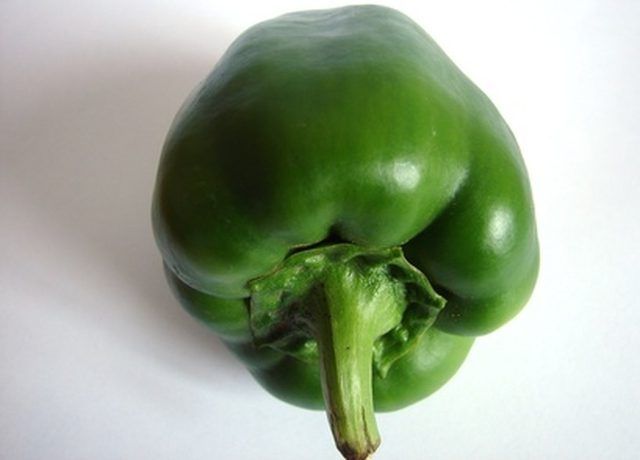Bulbs
Flower Basics
Flower Beds & Specialty Gardens
Flower Garden
Garden Furniture
Garden Gnomes
Garden Seeds
Garden Sheds
Garden Statues
Garden Tools & Supplies
Gardening Basics
Green & Organic
Groundcovers & Vines
Growing Annuals
Growing Basil
Growing Beans
Growing Berries
Growing Blueberries
Growing Cactus
Growing Corn
Growing Cotton
Growing Edibles
Growing Flowers
Growing Garlic
Growing Grapes
Growing Grass
Growing Herbs
Growing Jasmine
Growing Mint
Growing Mushrooms
Orchids
Growing Peanuts
Growing Perennials
Growing Plants
Growing Rosemary
Growing Roses
Growing Strawberries
Growing Sunflowers
Growing Thyme
Growing Tomatoes
Growing Tulips
Growing Vegetables
Herb Basics
Herb Garden
Indoor Growing
Landscaping Basics
Landscaping Patios
Landscaping Plants
Landscaping Shrubs
Landscaping Trees
Landscaping Walks & Pathways
Lawn Basics
Lawn Maintenance
Lawn Mowers
Lawn Ornaments
Lawn Planting
Lawn Tools
Outdoor Growing
Overall Landscape Planning
Pests, Weeds & Problems
Plant Basics
Rock Garden
Rose Garden
Shrubs
Soil
Specialty Gardens
Trees
Vegetable Garden
Yard Maintenance
Brown Spots on Green Peppers in a Garden
Brown Spots on Green Peppers in a Garden. Most pepper diseases present symptoms primarily on the leaves and stems. Two problems may cause spots to develop on fruit: bacterial spot and blossom-end rot.

Most pepper diseases present symptoms primarily on the leaves and stems. Two problems may cause spots to develop on fruit: bacterial spot and blossom-end rot.
Bacterial Spot
Bacterial spot affects both peppers and tomatoes, causing fruits to become dotted with small brown lesions. Although a few treatments are available, they are not very effective, according to the University of Massachusetts Extension. Because the disease overwinters in plant debris, remove and destroy infected plants and rotate tomatoes and peppers to a new section of the garden next season to prevent reinfection.
Blossom-end Rot
Blossom-end rot produces brown, leathery patches on the ends of peppers and several other garden crops. These lesions invite secondary fungal infection. Calcium deficiency brought on by drought causes blossom-end rot, so providing adequate water treats and prevents the disease.
Identification
When distinguishing between the two diseases, examine the rest of the plant closely for lesions. Bacterial spot affects all above-ground plant parts, including leaves and stems. Blossom-end rot affects only one part of the fruit.